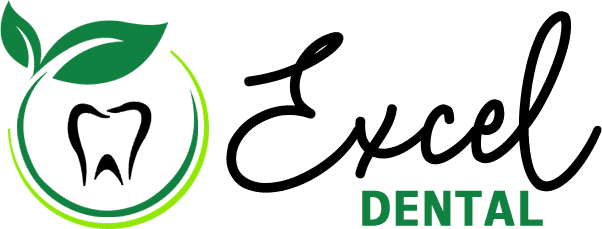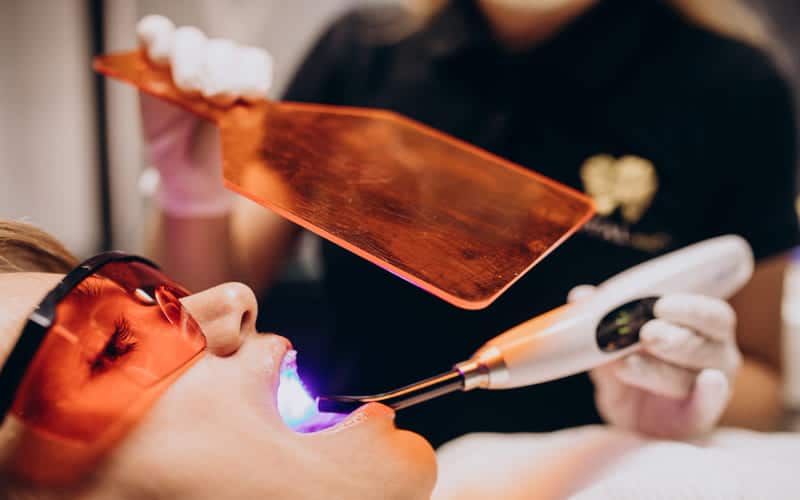Introduction
In the ever-evolving world of healthcare, technology plays a pivotal role in revolutionizing the way we receive medical treatments. Dentistry, a field that has seen remarkable advancements over the years, is no exception. One groundbreaking innovation that has been making waves in recent times is “Laser Dentistry.” As we delve into this cutting-edge field, we will explore how laser dentistry is reshaping the landscape of oral care and why it might just be the future of dental care that we’ve all been waiting for.
Understanding Laser Dentistry
Laser dentistry, also known as light-amplification by stimulated emission of radiation (LASER), is a minimally invasive dental technique that employs highly-concentrated beams of light to treat a wide range of dental issues. This revolutionary technology has made traditional dental procedures, which often involve drills and scalpels, seem somewhat archaic.
Why Laser Dentistry?
1. Precision and Minimally Invasive: One of the primary advantages is its remarkable precision. Dentists can target specific areas of the mouth with utmost accuracy, preserving healthy tissues and reducing the risk of complications. Unlike traditional methods, laser dentistry often requires no incisions, leading to minimal pain and discomfort for patients.
2. Painless Procedures: It offers a more comfortable experience, as it typically involves little to no pain. The need for anesthesia is significantly reduced, and post-operative discomfort is minimized.
3. Faster Healing: The healing process is expedited. Patients experience less bleeding and swelling, leading to shorter downtime and a quicker return to their daily routines.
4. Reduced Risk of Infection: Lasers also have the added benefit of sterilizing the area they treat, reducing the risk of infection. This is particularly important in gum surgeries and root canal treatments, where maintaining a sterile environment is crucial.
Applications of Laser Dentistry
1. Gum Disease Treatment: Laser therapy can target and remove infected gum tissue while promoting the regeneration of healthy gums.
2. Cavity Detection: Lasers can detect cavities in their early stages, allowing for prompt intervention and the preservation of tooth structure.
3. Teeth Whitening: Laser-assisted teeth whitening procedures can brighten your smile in a single visit.
4. Soft Tissue Procedures: It’s commonly used for reshaping gum tissues, treating oral ulcers, and even removing benign oral tumors.
5. Root Canal Treatment: Laser-assisted root canal procedures are less invasive and more comfortable for patients.
The Environmental Impact
Beyond its clinical advantages, laser dentistry also has a positive environmental impact. Unlike traditional dental equipment, lasers generate less waste and eliminate the need for certain chemicals, making it a more eco-friendly option.
Looking Ahead: The Future of Dental Care
As technology continues to advance, the potential for laser dentistry is virtually limitless. Future innovations may include even more precise lasers, shorter procedure times, and expanded applications, ultimately making dental care more efficient and patient-friendly.
The Laser Dentistry Experience: What to Expect?
Patients often wonder what to expect. Understanding the process can alleviate concerns and highlight the benefits of this cutting-edge approach.
1. Initial Consultation: Your journey begins with a consultation with your dentist. In the consultation, the dentist will examine your oral health condition and discuss different treatment options. If laser dentistry is suitable for your condition, they will explain the procedure and answer any questions you may have.
2. The Procedure: On the day of your laser dentistry procedure, you’ll be pleasantly surprised by how minimally invasive it is. Depending on the type of treatment, your dentist may numb the area with a local anesthetic or may not need anesthesia at all. The laser is then carefully directed at the target area, such as a cavity, gum tissue, or a dental implant site.
3. Minimal Discomfort: Laser dentistry is renowned for its minimal discomfort. A lot of patients have reported that they feel little to no pain. The laser’s precision means that healthy tissue is spared, and the post-operative recovery period is typically shorter and less uncomfortable compared to traditional methods.
4. Swift Healing: With traditional dental surgeries, you might need to take it easy for a while after the procedure. Laser dentistry, on the other hand, often allows for a swift return to your normal routine. There’s less bleeding and swelling, and you’ll likely experience a faster healing process.
5. Follow-up and Aftercare: After your laser dentistry procedure, your dentist will provide detailed instructions for aftercare. This may include recommendations for diet, oral hygiene practices, and any necessary follow-up appointments to monitor your progress.
Cost Considerations
It is important to note that the cost may be slightly higher than traditional methods. This is due to the specialized equipment and training required for laser procedures. However, many patients find the benefits of reduced pain and faster recovery times well worth the investment.
The Future of Laser Dentistry: What Lies Ahead?
As we look to the future, it’s clear that laser dentistry will continue to evolve, which involves
1. Advanced Laser Technology: Continued research and development will likely lead to even more precise and efficient laser systems.
2. Expanded Applications: Laser dentistry will likely find new applications, further reducing the need for traditional, invasive procedures.
3. Accessibility: As the technology becomes more widespread, laser dentistry may become more accessible and affordable for a broader range of patients.
4. Integration with Other Technologies: It can be integrated with other cutting-edge technologies, such as artificial intelligence, to enhance diagnostics and treatment planning.
5. Telemedicine: Remote consultations and treatment planning could become more common, making oral care even more convenient for patients.
You can also read our other article on Shedding Light on Laser Dentistry: How This Innovative Technology is Revolutionizing Oral Health
In conclusion, laser dentistry is undeniably the future of dental care. Its precision, minimal invasiveness, reduced discomfort, and various applications make it a game-changer in the field of dentistry. If you’re looking for a more comfortable and efficient dental experience, consider seeking out a dentist who utilizes laser dentistry techniques. Embrace the future of oral care, where the power of light leads the way to healthier smiles and happier patients. As technology continues to advance, the future of dental care has never looked brighter.


